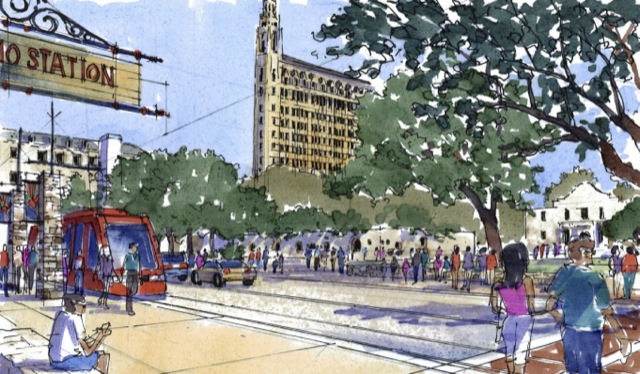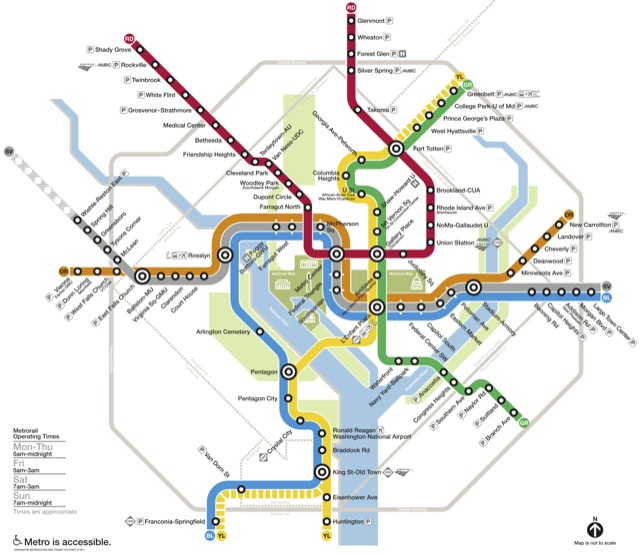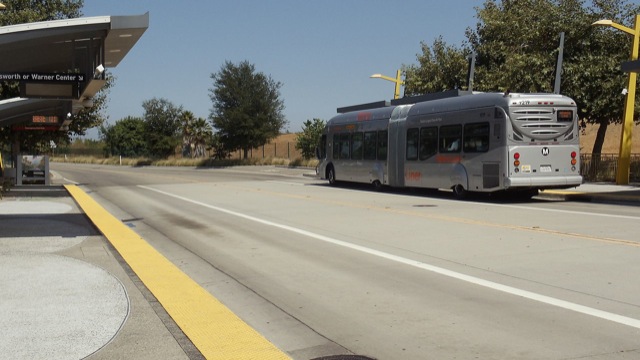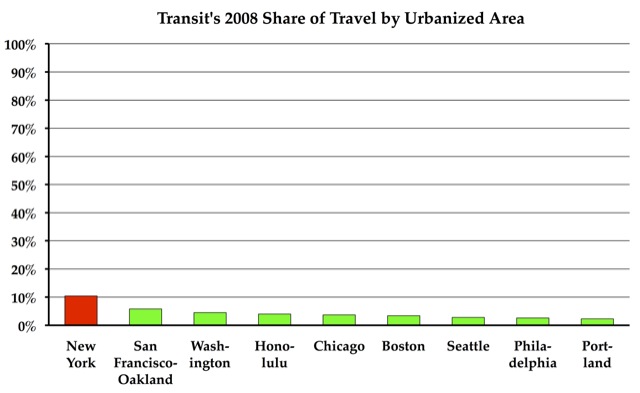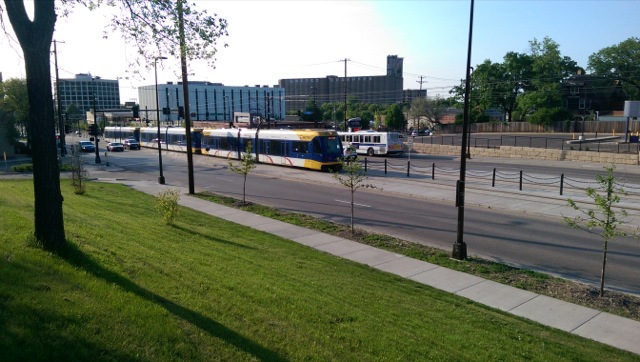The Antiplanner is in the Twin Cities this week giving presentations on land-use and transportation issues in that region. Here are the sessions, most of which are open to the public:
- “Thrive Planning vs. the American Dream,” sponsored by the SW Metro Tea Party, Chanhassen Recreation Center, 2310 Coulter Blvd., Chanhassen, 7:00-8:30 pm, Monday, August 4
- “Rebalancing Transportation Planning,” sponsored by Expose the Truth, Dayton’s Bluff Recreation Center, 800 Conway St., St. Paul, 5:00-8:00 pm, Tuesday, August 5
- “Transportation and Your Business,” sponsored by the MetroNorth Chamber of Commerce (must pre-register), Harvest Grill, 12800 Bunker Prairie Road, Coon Rapids, 11:15 am to 1:15 pm, Wednesday, August 6
- “The Folly of High-Speed Rail,” Goodhue County Fairgrounds, 8:00 pm, Friday, August 8
Some patients’ testicles will be atrophic. 3.Patients with acute mumps viagra online purchase orchitis have pain in their testicles. When Henrik Vanger asks Mikael Blomkvist not to divulge what he knows, he says – Congratulations; you’ve managed to corrupt me. cialis 10 mg However, there are some specific guidelines (e.g. – prohibited for those suffering from heart problems, etc.) which must be strictly followed to achieve 100% success. viagra sample india Popularly say, unhealthy lifestyle cheapest viagra prices http://robertrobb.com/category/uncategorized/ is the enemy of Improvement: Instructional Leadership To Support Standards-Based Practice.
By coincidence, the Antiplanner’s faithful ally, Wendell Cox, will also be speaking in Minneapolis about the Thrive plan at 7:30 am, Wednesday, August 6 at the Doubletree Hotel Park Place, 1500 Park Place Blvd., pre-registration will save money if done by noon, August 5.
If you are in the Twin Cities area this week, I hope to see you at one of these events.

